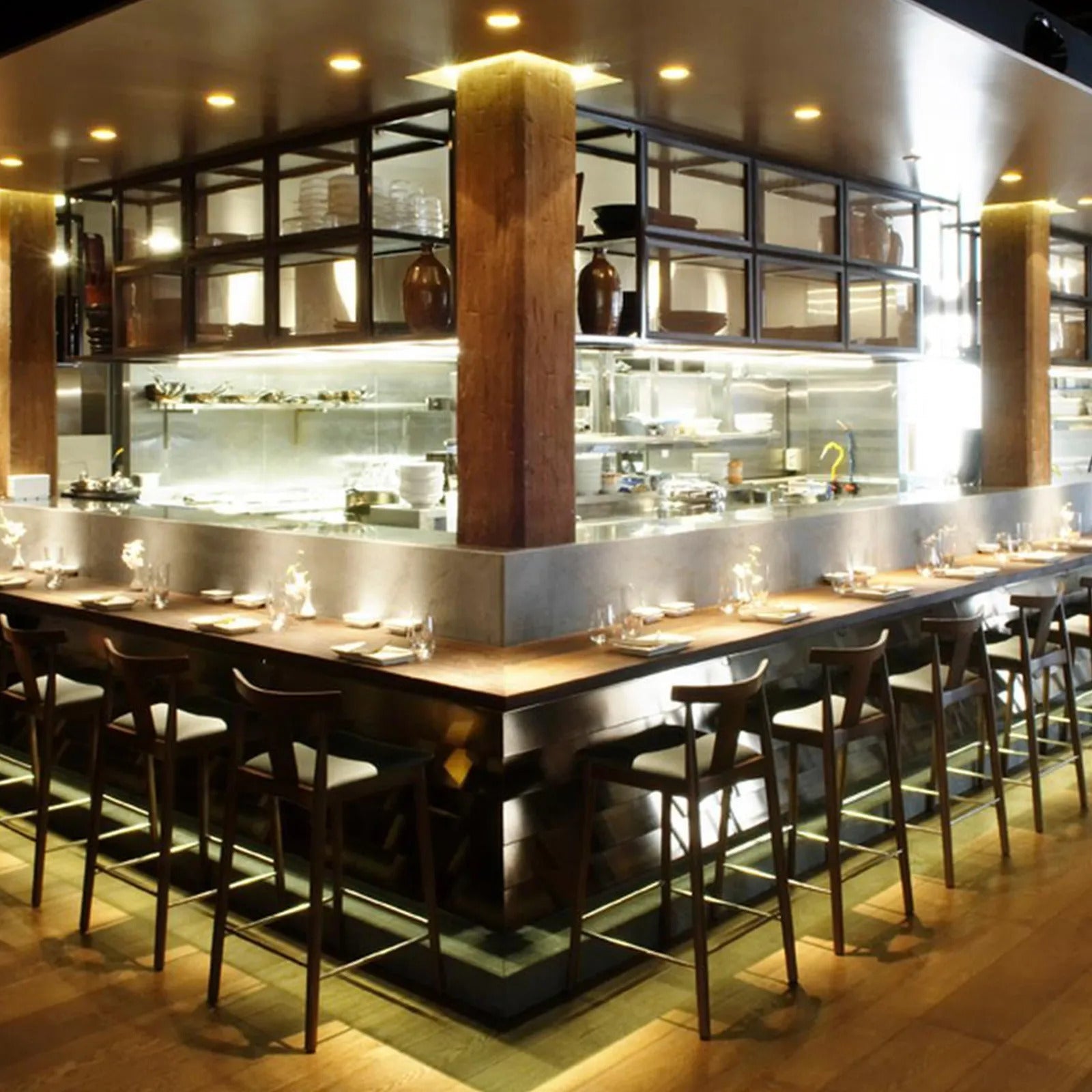Opening a restaurant can be a rewarding venture, combining creativity with the potential for financial success. However, it requires careful planning, dedication, and a clear understanding of the steps involved. Here’s a comprehensive guide to help you navigate the process of opening your dream restaurant.
1. Develop a Concept and Brand
Your restaurant’s concept is the foundation of your business. It defines the type of cuisine you’ll serve, the ambiance you’ll create, and the customers you’ll attract. Start by answering these questions:
What type of food will you offer?
Who is your target audience?
What dining experience do you want to provide?
Once your concept is clear, build a brand around it. This includes choosing a name, designing a logo, and establishing a consistent theme that reflects your vision.
2. Create a Business Plan
A detailed business plan is essential for securing funding and guiding your operations. Your plan should include:
Executive Summary: An overview of your restaurant's concept and goals.
Market Analysis: Research on your target audience and competitors.
Menu: A draft of your offerings and pricing strategy.
Financial Plan: Budget, projected expenses, and revenue forecasts.
Marketing Strategy: How you plan to attract and retain customers.
3. Secure Financing
Starting a restaurant can be costly. Identify your funding needs and explore options such as:
Personal savings
Bank loans
Investor funding
Crowdfunding
Prepare to present your business plan to potential lenders or investors to demonstrate your restaurant’s viability.
4. Find the Perfect Location
Location is critical to your restaurant’s success. Look for a spot that aligns with your target audience, offers good visibility, and has ample foot traffic. Consider factors such as parking availability, lease terms, and local competition.
5. Design Your Space
Your restaurant's layout and design should complement your concept and provide a comfortable dining experience. Focus on:
Kitchen Design: Ensure efficiency and compliance with health regulations.
Dining Area: Create an inviting atmosphere with appropriate lighting, furniture, and decor.
Accessibility: Make your space inclusive for all customers.
6. Obtain Licenses and Permits
Operating a restaurant requires several licenses and permits, including:
Business license
Food service license
Liquor license (if applicable)
Health department permits
Fire and building safety permits
Check local regulations to ensure you meet all requirements.
7. Develop a Menu
Your menu should reflect your concept and appeal to your target audience. Focus on creating:
A balanced selection of dishes
Competitive pricing
High-quality, fresh ingredients
Test your menu items and gather feedback to refine your offerings.
8. Hire and Train Staff
Your team plays a crucial role in delivering excellent customer service. Hire skilled chefs, servers, and managers who align with your vision. Provide thorough training to ensure consistency and professionalism.
9. Market Your Restaurant
Build excitement before your grand opening with a robust marketing strategy:
Create a website with online reservations and menu details.
Use social media to share updates and engage with potential customers.
Offer promotions or host soft opening events to attract initial patrons.
10. Host a Successful Opening
Plan a memorable opening event to introduce your restaurant to the community. Offer special deals, live entertainment, or complimentary tastings to create buzz and encourage repeat visits.
11. Focus on Continuous Improvement
After opening, regularly seek feedback from customers and staff to identify areas for improvement. Stay updated on industry trends and adapt to changing customer preferences to ensure long-term success.
By following these steps, you’ll be well on your way to opening a restaurant that delights customers and stands out in the competitive food industry.


